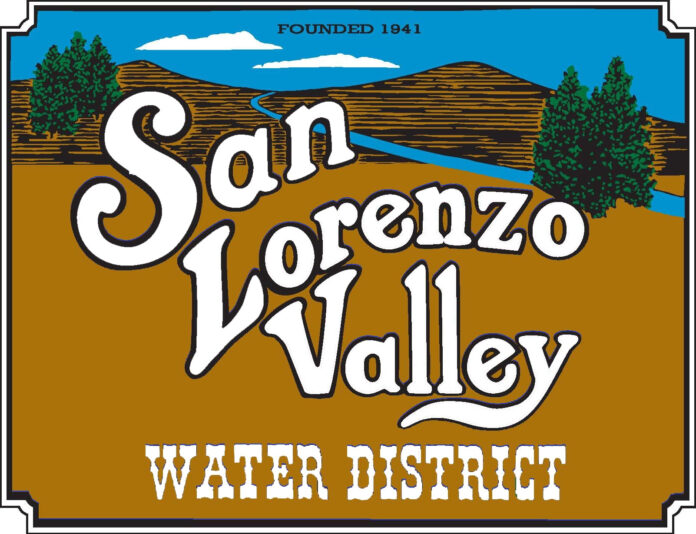After last year’s heavy rainfall and severe flooding, it is appearing that the state is heading towards another period of drought.
“Right now, we are at about 50 percent of what we would have expected to have gotten at this time of year,” said Jen Michelsen, environmental programs manager for the San Lorenzo Valley Water District, regarding rainfall this season.
The San Lorenzo Valley Water District gets its water about 50/50 between ground and surface water. According to Michelsen, after the last major drought in 2015, the district started to look for the bigger picture and plan accordingly for drier periods.
“’We are working really hard to make the district more resilient,” Michelsen said.
Within the last few weeks, inquiries about the likelihood of a water crisis occurring here filled the district’s social media inbox and phone lines.
“I think people are concerned about the stories from Cape Town where they are running out of water and the question from the community is: what are we doing to avoid that here?” Michelsen said.
The SLVWD is comprised of three systems, a north system, a south system and the Felton system. According to Michelsen, the district is working hard to “diversify” the water portfolios of all three systems.
The north system, which serves Boulder Creek, Ben Lomond and Lompico, is the most diverse system with a mixture of ground and surface water. The south system is solely ground water and the Felton system is solely surface water. The efforts from the district is to ideally have each system work in conjunction: meaning use surface water during the rainy months and ground water when it’s drier.
“We are seeing an opportunity to use more water more proactively,” Michelson said. And the district will continue to seek community support and consideration as it looks at next processes.
In addition to working on diversifying water portfolios, Michelsen encourages residents to conserve water by fixing any leaks and cut back on watering landscapes. Somewhat surprising is consumers in the SLVWD are using 10 percent more water than previously used in 2013, according to Michelsen.
“People need to go back to habits of conserving water use,” Michelsen said. “We are gearing up for another drought period and people will hear more from us on how to focus on water conservation.”
To continue to work at diversifying the water portfolios of each system, the district is working on:
- conjuctive use
- water conservation
- improving system efficiencies
- permit intertie pipelines to sustainably mange water resources
- established a sustainable groundwater management agency to prepare a sustainability plan
- climate change adaptation and mitigation
- developing new groundwater supplies













